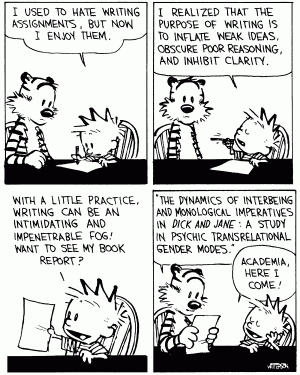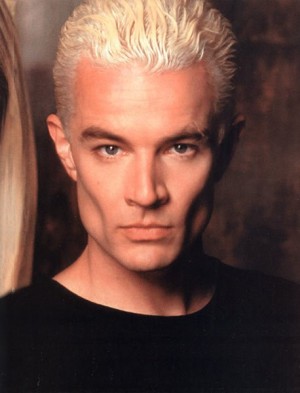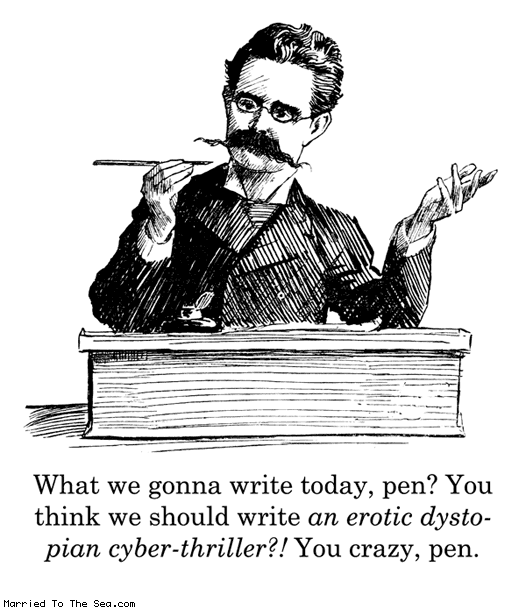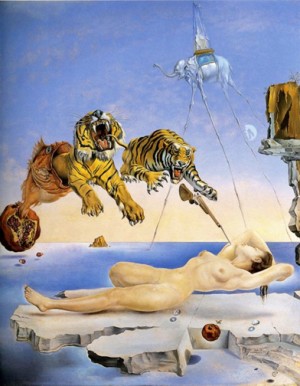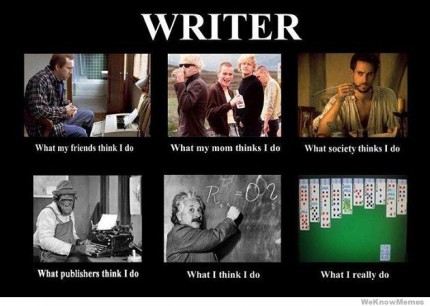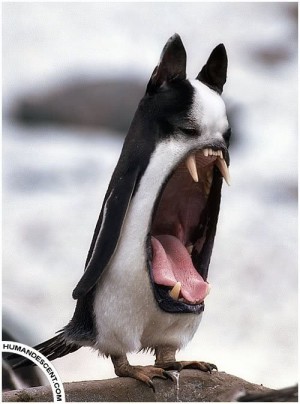
Can’t…stop…laughing…
As I was wasting time on the internet last night, one thing led to another (as so often happens when the interwebz is involved) and I found myself google image searching ‘weird animals.’ And let me tell you, I highly recommend it. Go ahead, I know you want to. I’ll wait.
What entertained me so much about this motley collection of weird animal pictures, you ask? I’ll tell you. Interspersed among the usual plethora of star-nosed moles and abyssal sea cucumbers are all these photoshopped pictures of hybrid animals not actually seen in nature. Squeagles. Duckodiles. Labrangutans. I have no idea who created these images, but they are amazing.
And after I was done laughing my head off over these absurd creations, I started thinking about hybrids in mythology, folklore and literature. Representations of both human and non-human hybrids have existed since the Late Stone Age, and deities and beasts in Assyrian, Egyptian and Greek mythologies were often portrayed as having both human and zoomorphic traits. The Sphinx, with a face of a woman and the body of a lion. The gods Anubis and Horus had the heads of a jackal and a falcon, respectively. Pagan religions also often depicted their gods and goddesses as either being part animal or having animalistic affiliations. And in our modern genre culture, werewolves, other were-creatures, and shape-shifters are nearly as popular as the omnipresent vampire.
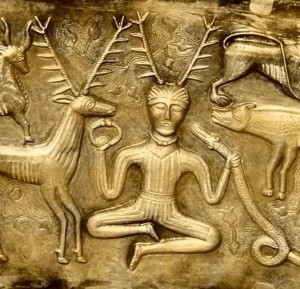
Cernunnos, the Horned God.
Relief from the Gundestrup Cauldron
The list of human and non-human hybrids in mythology, folklore and pop culture is nearly endless. But what does it say about the human experience that these hybrid creatures are so ubiquitous in our lore? What universal theme in the collective imaginary is represented by these creatures that are part human and part beast?

